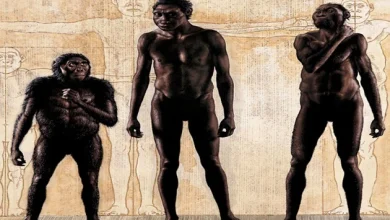The Maasai people – main facts from the life of this tribe

Maasai from East Africa lives in southern Kenya and northern Tanzania along the Great Rift Valley in semi-arid and desert lands.
The Maasai inhabit a total land area of 160,000 square kilometers with about half a million. However, many Maasai view the national census as government interference and often misrepresent the actual numbers.
The Masai society consists of sixteen tribes. And the majority of the Maasai population lives in Kenya. Some live in Tanganyika.
The Maasai named after their language
The name Maasai means “one who speaks the Maa language”. The language itself is part of the Eastern Neolithic branch of the Nilo-Saharan language family. It is primarily a spoken language because the tribe places excellent emphasis on vocalization. Also, There is a Maasai dictionary, and the Bible also interprets it into Maasai.

There are about 36 Nilo-Saharan languages in total, and Maasai is just one of them. Maasai members also study English and Swahili in school. These are the essential languages of Kenya and Tanzania, respectively.
Housing and work of the Maasai
The Masai live in a circle of Kraals. The fence around the kraal makes of acacia thorns, which stop lions from attacking livestock. The man must secure the kraal while women are building houses. Traditionally, kraals are divided among themselves by a large family.
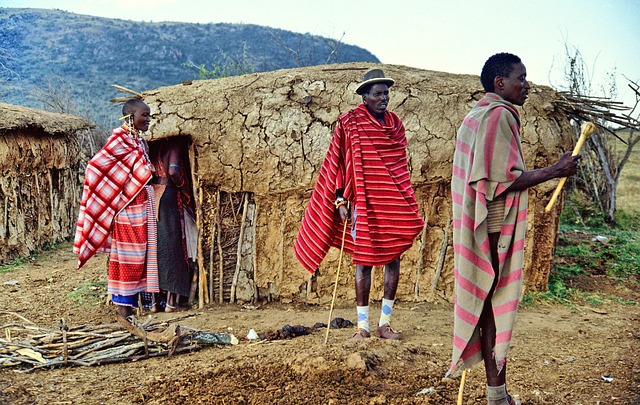
The Maasai house is shaped like a loaf and consists of mud, sticks, grass, cow dung, and cow urine. Women are responsible for building homes and supplying water, collecting firewood, milking livestock, and preparing food for the family. The warriors are in charge of safety, and the boys are in control of grazing. In the dry season, both warriors and boys take control of grazing.
The elders are the leaders and counselors for day-to-day activities. Every morning, before the cattle leave to graze, the elder, who is the head of the Enkang, sits down in his chair and announces the timetable for everyone in the congregation.
Maasai have their traditional wardrobe
Maasai members usually wear red sheets. They are known as shuka. They are wrapped around the body and wear numerous ornaments. Depending on the occasion, these sheets come in various colors – although they are mostly red. Men and women also dress relatively alike. Before the advent of “shuka,” the Maasai wore animal skins, which is typical of the tribes of this part of the world.

Also, Maasai members often have earlobe piercings stretched out. These are typical of many tribes. However, the Maasai do it in a slightly different way. While many tribes keep wooden plugs in their stretched lobe piercings, Maasai members adorn the enlarged fistula with rows of beads and a single earring to weigh it down.
Community system
The Maasai were semi-nomadic people who lived under a communal land administration system. This community system enables the use of resources sustainably. Each tribe rules its territory. Under normal conditions, reserve pastures guarded by warriors.
However, if the dry season gets particularly harsh, site boundaries are ignored, and people graze animals all over the land until the rainy season. Under the traditional land agreement, no one should deprive access to natural resources such as water and land.
Subsistence economy of the Maasai
Livestock such as goats, cattle, and sheep are the primary source of income for the Maasai. Livestock plays a vital role in the Maasai economy—livestock exchange for other livestock, cash, or livestock products such as milk.
Individuals, families, and clans developed close ties through the donation or exchange of livestock. The prayer of Maasai sounds like this: “May the Creator give us livestock and children.” Livestock and children are the most crucial aspect of the life of the Maasai people.
Maasai members take pride in their cows
The Masai tribe leads the so-called partly nomadic way of life. That is, they move from one place to place in a seasonal rotation. This means that they always have green pastures and suitable land for their livestock: cows, goats, sheep, and donkeys.
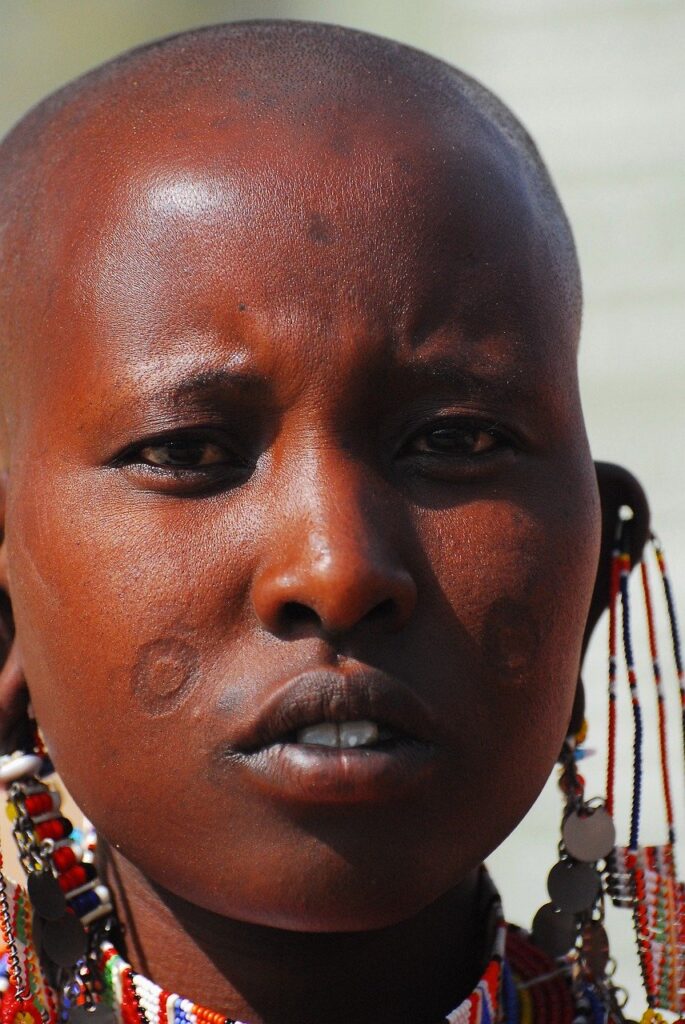
Despite the possession of other animals, it is the cows that are special to the Maasai people. There is a belief in their community that all the cows in the world belong to them. Maasai men spend most of their adult life collecting cows! Their wealth and status in the tribe are determined by how many cows they have.
Because of their versatility, the Maasai rely heavily on cows. The meat, cheese, milk, and blood that make up the Maasai diet come from cows, and the clothing and mattresses they wear/use often make from cow leather. Not only that, but their houses have walls and roofs made of cow dung.
Maasai Economy
The Masai economy is increasingly dependent on a market subsistence. Livestock products are sold to other people in Kenya to buy beads, clothing, and grain. Cows and goats also sell to generate cash for school uniforms and school fees for children. Currently, young men and women in major cities in Kenya are selling goats and cows and beads, grain, and other goods. The business spirit is something new in their society.
Maasai food
Traditionally, the Maasai rely on meat, milk, and cattle blood for protein and calories. People drink blood on special occasions. It gives to a circumcised man, a woman in labor, and sick people. Some elders use blood to relieve drunkenness and hangovers. Blood believe to be very rich in protein and beneficial to the immune system. However, its use in the traditional diet is declining due to the decline in livestock numbers.
Recently, the Maasai have come to depend on food produced in other areas, such as cornmeal, rice, potatoes, cabbage (known by the Maasai as goat leaves), etc. The Maasai’s living alongside the farmers practice farming as their primary method. Existence.
In these areas, the plots’ size is usually not large enough to accommodate herds of animals; therefore, the Masai forced to engage in agriculture. However, the people traditionally disapprove of this. They believe that using land to grow crops is a crime against nature. Once you cultivate the ground, it is no longer suitable for grazing.
There are different religions in the Maasai tribe
Traditionally, the Maasai have always been monotheistic. They believe in the One God, whose name is Enkai or Engai. This God has what is known as a dueling nature, and they have slightly different names:
Enkai- Narok, or the black God, is benevolent.
Enkai-na-Nyokie, or the Red God, he is vengeful. However, in recent years, many Masai members have become Christians. Some, although not many, have also converted to the Muslim faith.
Marriage customs
In Maasai culture, marriages are arranged by tribal elders. Polygyny (a form of marriage with one man and several women) is common among older men; wife borrowing occurs between men of the same age. Marriage involves a significant ransom for the bride in the form of livestock.
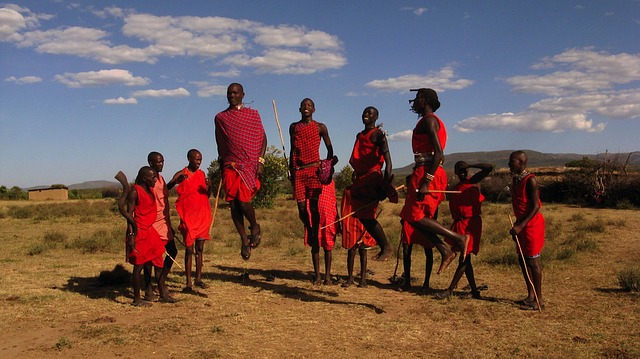
Traditionally, it believes that men should surrender their bed to a male guest. The hostess can join the guest in this bed if she wishes. Some other things to note about Masai marriages are that the wife is often much younger than her husband.
This means that the Maasai tribe has many widows. Moreover, they are not going to remarry. The role of a woman in marriage, and indeed of the Masari tribe as a whole, is to have and raise children.
Naming ceremony
Children in the Masai tribe only name for three months of age. Because of the high infant mortality rate in the Maasai community, babies not name until they have passed the three-month milestone.
There is also a formal naming ceremony for children. It is known as Enkipukonoto Eaji, which roughly translates to “getting out of the seclusion period.” Before the ceremony, the mother and children are isolated, and he grows out his hair. They shave off at the ceremony. It symbolizes a new start for the child!
Lion hunt
The Masai take lion hunting very seriously. Lions never hunt for fun, and it is not uncommon for this unsafe practice to have hunters injured or killed.
Going out on a solo hunt for a male lion (the Maasai do not hunt females) is considered by the tribe as a manifestation of great courage and strength. But in recent years, the lion population has declined due to disease.
The Masai have created a new rule that they can now only hunt in groups, allowing the lion population to recover. This practice has deep traditional roots that cultivate fearlessness among the warriors of the tribe and is of great importance to the people.
Private property
Until recently, the concept of private property was foreign to the Masai. However, in the 1960s and 1980s, livestock and land commercialization program imposes on them first by Uk and then by the Kenyan government. Since then, the land has been divided into group and individual ranches. In other parts of the Maasailand, people divided their farms into small plots that sell to private developers.
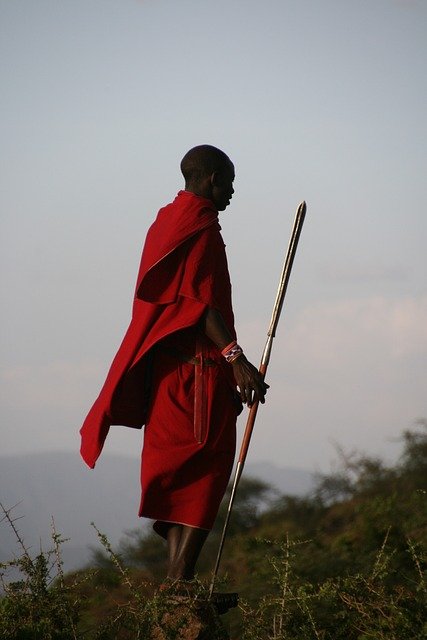
The new land management system for individual ranches has polarized the Maasai economically; some have significantly expanded their riches at others’ expense. However, tremendous land losses were caused by national parks and reserves, in which the Masai were limited in access to critical water sources, pastures, and salt marshes.
The Maasailand division reduced the land size for grazing, reduced the number of cows in the household, and reduced food production. As a result, the Maasai society, which was once proud and self-sufficient, now faces many socio-economic and political challenges. The poverty rate among the Maasai people is beyond imaginable heights.
Maasai have their calendar
When it comes to the Masai calendar, there are no hard and fast rules. There are no specific names for each month, and there are no rules as to which month comes after which. It believes that: “everyone knows that there are 12 months and thirty days in each month; 15 days of light and 15 days of darkness, with the 8th day known as the Day of Change.”
There are three main seasons for the people: Long rains, drizzle season, and short rains. They affect the seasonal rotation mentioned above.

At this point, the future of Maasai remains uncertain. One thing, however, is sure: the Maasai culture rapidly destroys by civilization.




